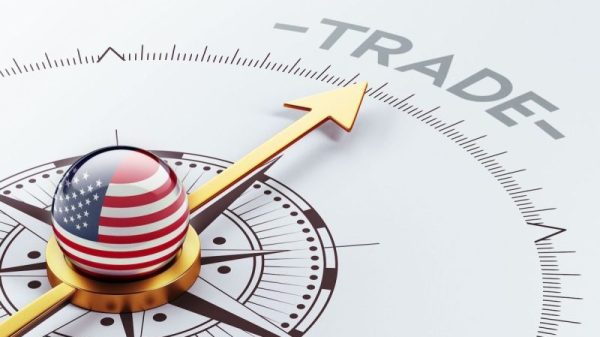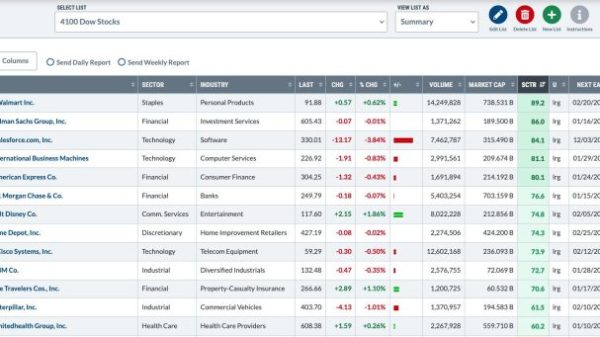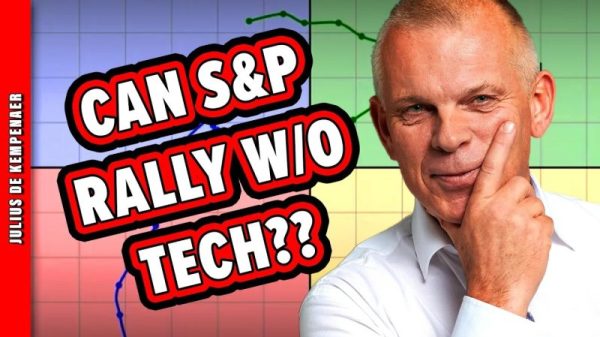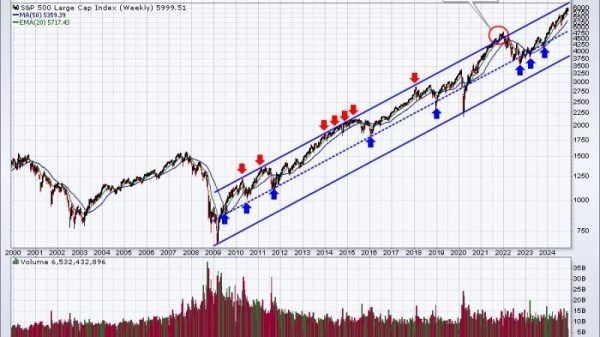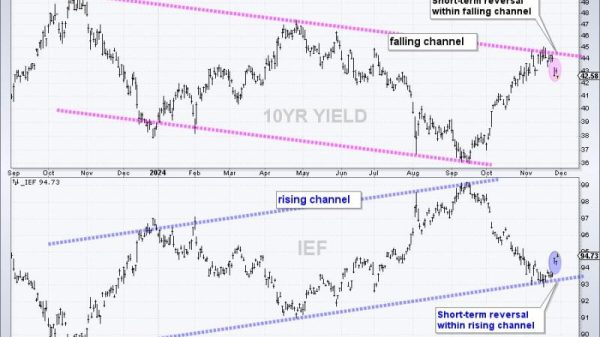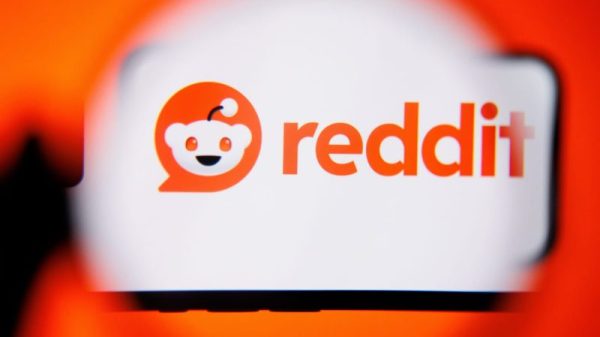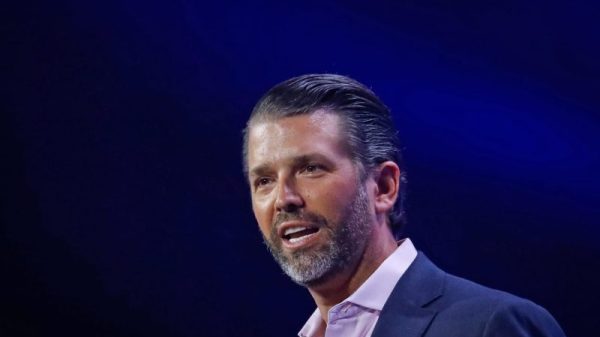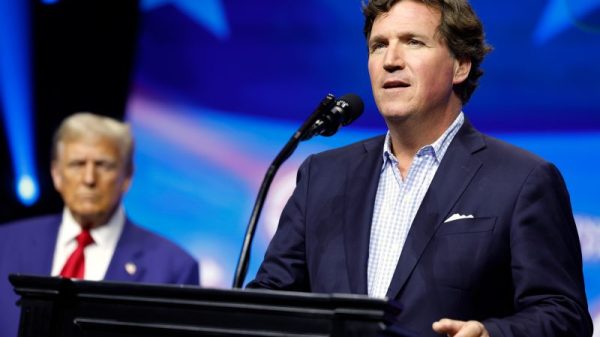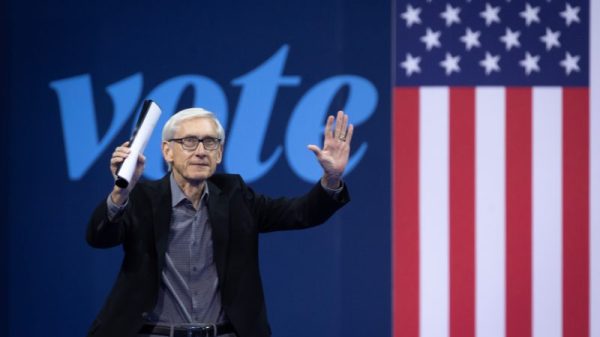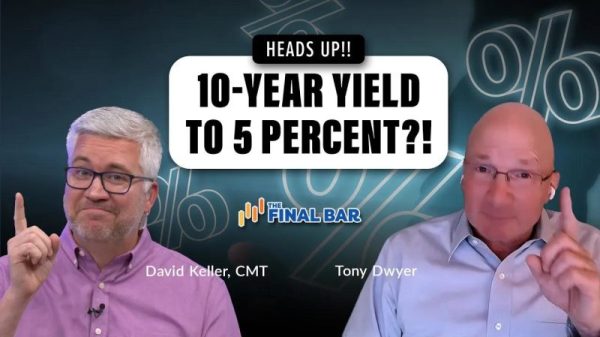One of the striking things about President Joe Biden’s withdrawal from his reelection bid is how seamlessly the criticisms Republicans applied to him have been transitioned over to Vice President Kamala Harris.
In one sense, this is obvious: Harris is Biden’s vice president, and criticisms of the Biden administration are, however justifiably, easily presented as criticisms of the Biden-Harris — or, for more adventurous Republicans, Harris-Biden — administration. But then there are things like polling released this week by YouGov, showing that about 4 in 10 Americans think it’s fair to describe Harris as “corrupt,” including more than three-quarters of Republicans.
When Biden and Donald Trump were both being painted with that brush, it was easy to see why. Biden was given that descriptor as Republicans launched (ultimately fruitless) investigations aimed at proving his corruption. Trump was given it … well, for myriad other reasons. But then Biden moved out and Harris moved in and, in addition to being slapped with pejoratives rooted in the administration in general, she’s getting dinged for personal foibles as well.
It’s almost as though — and perish the thought! — views of political candidates are rooted more in perceptions of those candidates’ politics than in their actual histories and records.
We can see a similar effect at play after the introduction of both major-party candidates’ running mates. A month ago, Trump named Sen. JD Vance (R-Ohio) as his vice-presidential pick. Earlier this month, Harris tapped Minnesota Gov. Tim Walz (D). And in Washington Post-ABC News-Ipsos polling released Friday, we see that neither of those picks gets particularly positive ratings.
Walz does better than Vance, certainly. Lots of Americans have no opinion of the candidates, but among those who do, Walz is more positively viewed than negatively. Vance is more negatively viewed than positively.
In fact, looking at polling since 2008 in a similar post-pick time frame, Vance is unusually negatively viewed. The Post has been conducting polling with ABC News for years, and our polls in 2008, 2012 and 2020 show recently named (or incumbent) vice-presidential picks with higher favorability ratings than Vance. We have a gap in 2016, filled with polling from Gallup. Those numbers are relatively low — but still better than Vance now.
When we break out the percentage of respondents who view the candidates strongly favorably (not included in Gallup’s 2016 poll), we see that here, too, Vance stands out. Only about a fifth of respondents view Walz strongly favorably, about where Biden was when Barack Obama was seeking reelection in 2012. Vance, though, is in the single digits.
It used to be that vice-presidential candidates got something of a honeymoon period, boosted by party conventions centered on presenting them and the presidential pick in as favorable a light as possible. Former Alaska governor Sarah Palin, now generally regarded as one of the less successful vice-presidential selections, received among the highest marks soon after she was picked.
Walz and Vance are still relatively unknown by more than a quarter of Americans, but their favorability numbers still aren’t near that level. Where they do fare well is within their own parties. As was the case in 2020, the two vice-presidential picks are viewed favorably by about three-quarters of their own party’s respondents. But again, Vance lags.
As was the case with YouGov polling we cited this week, Vance has lower levels of strong support within the Republican Party than does Walz in the Democratic Party. Part of the reason he’s relatively unpopular, in other words, is that Republicans themselves aren’t particularly thrilled with him.
Luckily for Trump, most people aren’t casting their vote in November based on the vice-presidential candidate. Palin was viewed quite positively at this point in 2008, and Biden quite poorly at this point in 2012. Though, in another shift since Biden dropped out, they may be paying more attention to Vance than they might otherwise have, given Trump’s age. It certainly isn’t useful that Vance’s numbers, a month after his introduction, are so soft.
What might serve as consolation is that a lot of the non-Republican indifference to Vance would probably apply to anyone Trump had picked. The Republican indifference, though, is not what his party might want to see.



